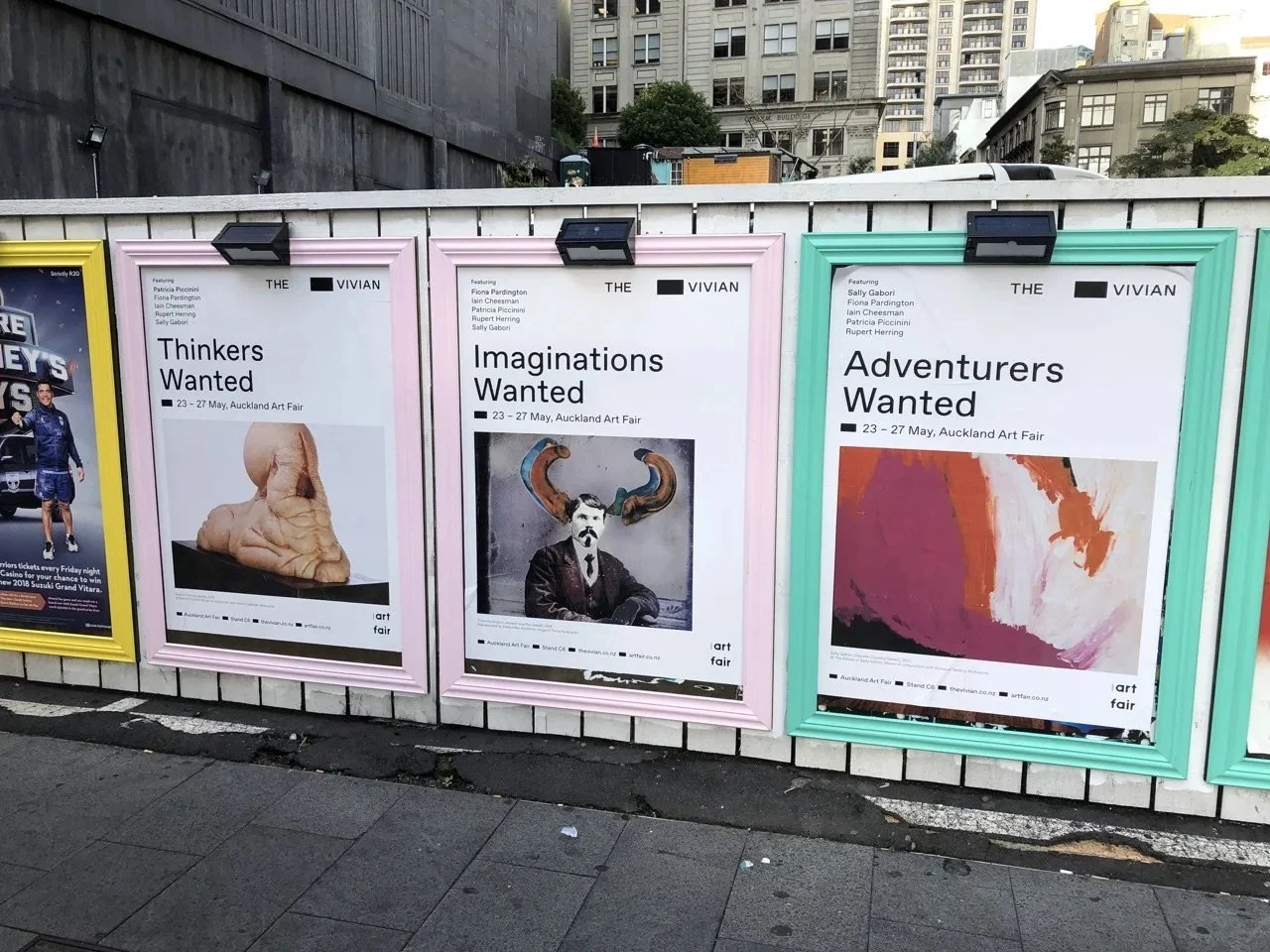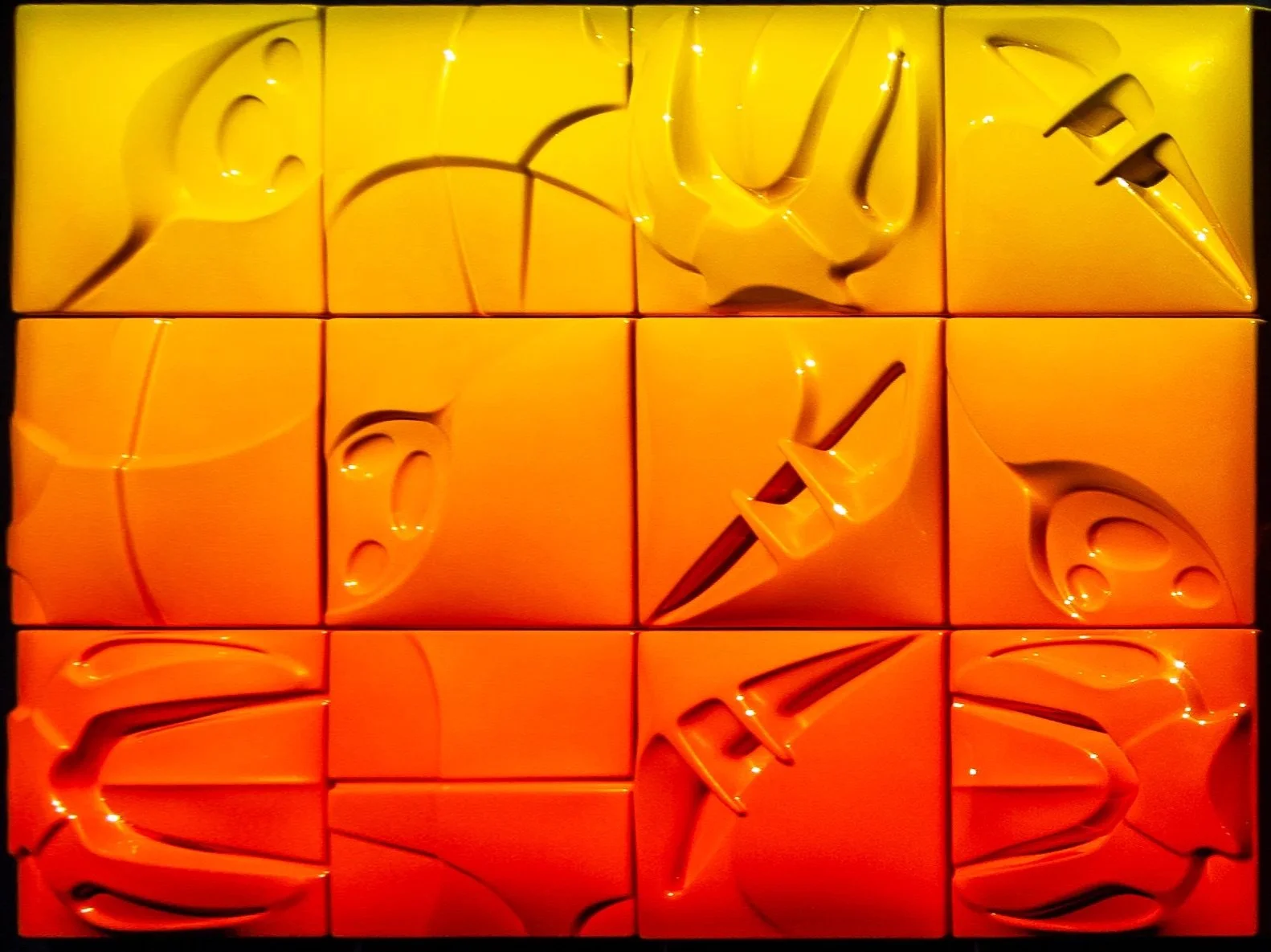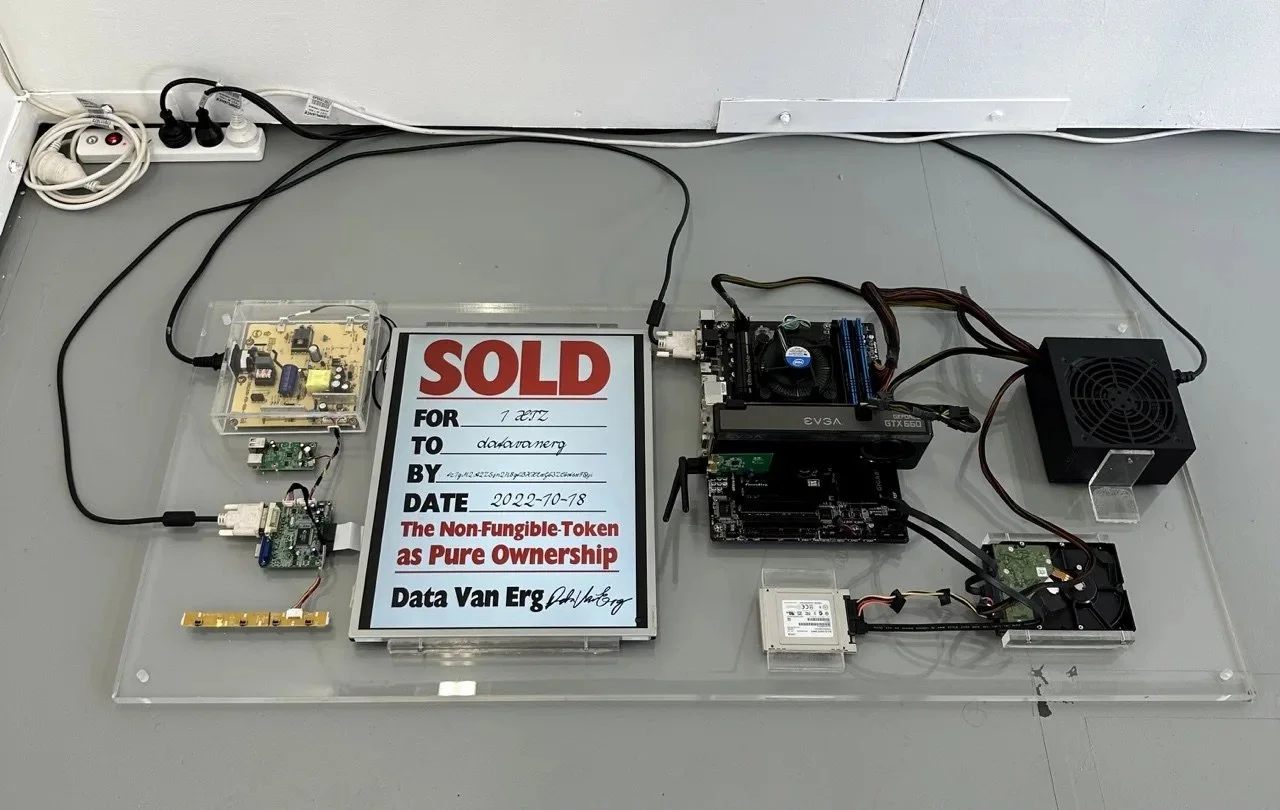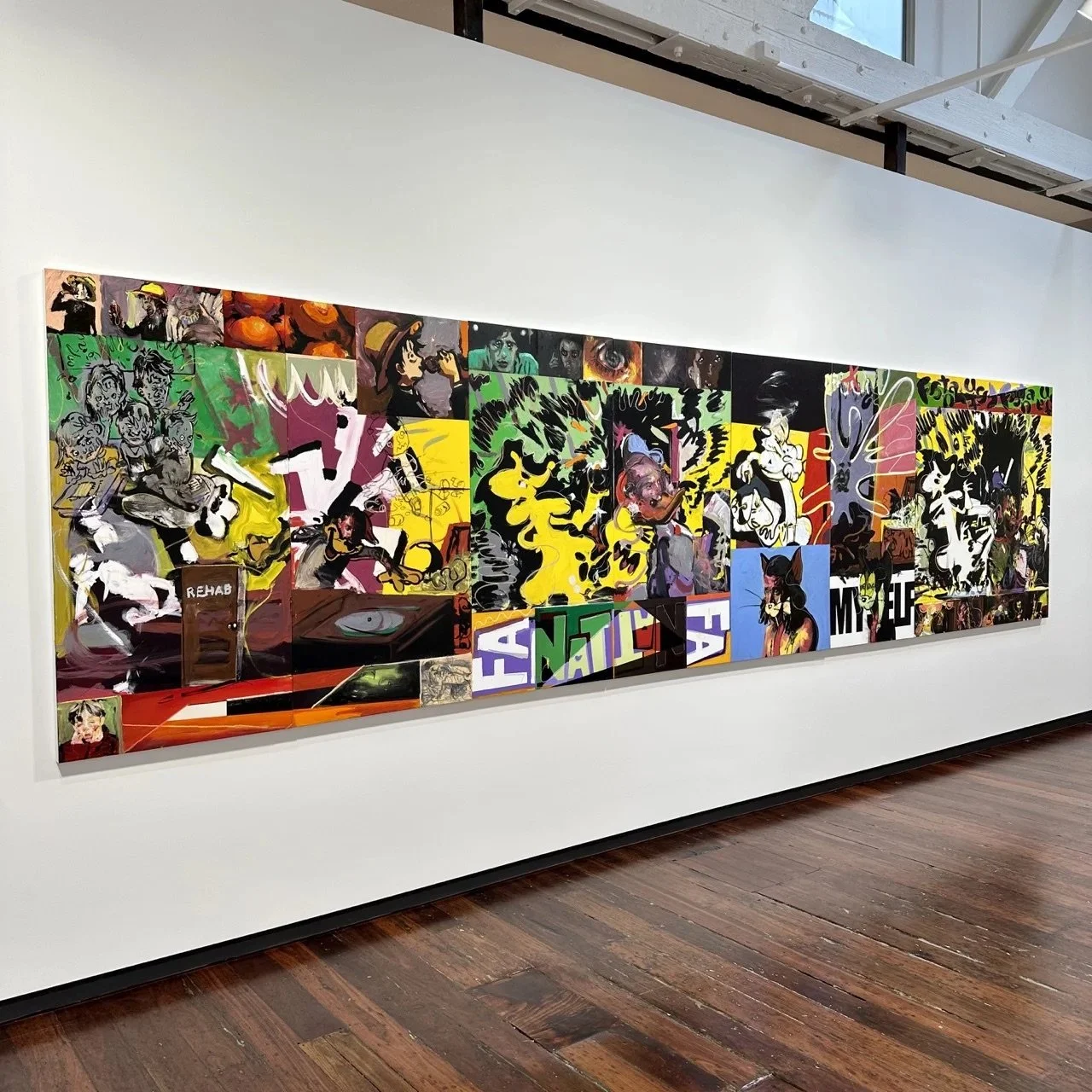The philosophers have only interpreted the world in various ways. The point, however, is to change it. – Karl Marx
Scott Lawrie Gallery began life in 2017. As the gallery’s reputation grew the focus pivoted away from art as a business ontology, towards a more authentic, occasionally experimental, vessel for interesting ideas. Now based in the UK, the gallery is a not-for-profit Community Interest Company, which primarily focuses on world-class public shows – always free – and usually accompanied by researched, and accessible, essays that focus on critical thinking. Many of the subjects explored are complex and nuanced, and the views of the gallery practice are not necessarily those of the artists it shows.
The gallery has hosted over 200 exhibitions, showcasing work by over 140 artists from around the world including Felix Gonzalez-Torres, Patricia Piccinini, Mirdidingkingathi Juwarnda Sally Gabori, Rebecca Wallis, Fiona Pardington, Andy Leleisi'uao, and James Collins. There is a strong focus on artists from the wider Pacific/Moana region.
The gallery presented its first UK show during the Edinburgh Festival Fringe from 3-24 August, 2024 entitled ‘THIS IS NO SAFE SPACE: Art in Capitalist Realism’, inspired by the writings of the late Mark Fisher. Gallery exhibitions take place all year round at Chuckie Pend.
Current areas of gallery practice research include the function of art, critical theory, metaphysics, theories of collapse, and an ongoing analysis of the detrimental effects of late stage capitalism on the arts.
Home page visuals ©Amadeo Grosman, from ‘The Confessions’. Learn about the video artwork here. To learn a little more about Scott, get the goss here.







